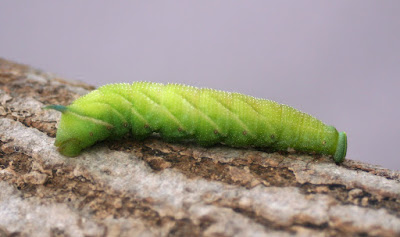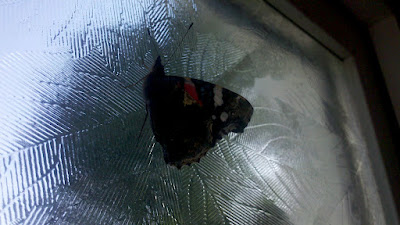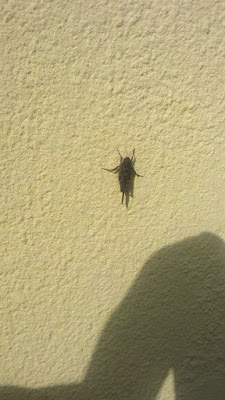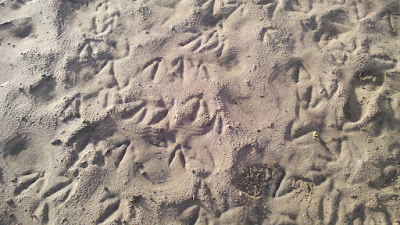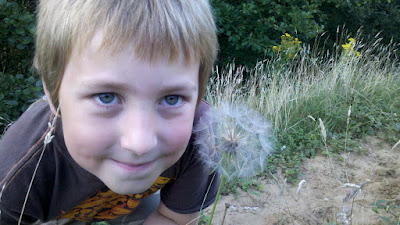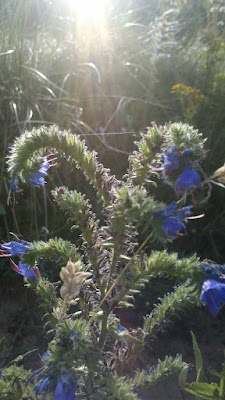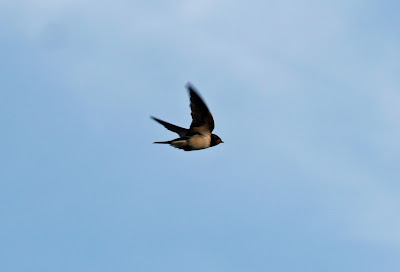Hi, I'm Rudi, i'm 8 years old and my favourite book is 'Tarka the Otter' by Henry Williamson. Its about the life of an otter named Tarka and British Wildlife. One night i was reading the book with my dad and i said that i wanted to see all the animals in the book, he said i should do it and call it the Tarka Challenge. My Tarka Challenge started on 1st January 2012. The book contains 89 birds, 54 land based animals, 120 plants and 56 aquatic organisms.
The rules are simple, i must either see each thing myself or photograph it using my trail camera. I will try and see each thing on my local patch (Ogmore River Catchment) but may need to look somewhere else in Britain.
The rules are simple, i must either see each thing myself or photograph it using my trail camera. I will try and see each thing on my local patch (Ogmore River Catchment) but may need to look somewhere else in Britain.
The Birds
We have not been able to get out much in the last two weeks so here is a short film of some of my favourite birds that we have seen and caught on camera over the last 9 months
Blackberries & Peatbog Faeries
I went to see one of my favourite bands last night, The Peatbog Faeries, it was awesome, i love the bagpipes. I was a bit tired at the end after all the jumping around.
Outside the concert i spotted these....
Everyone knows what these are, and how good they taste.
Bramble (Rubus fruticosus)
Also known as blackberry, good in a pie or a crumble or on its own. They provide a good food source for a lot of our wildlife. They are a well known plant and in the old days people thought that crawling under a bramble bush would cure boils. The fruit is made up of a cluster of segments called drupelets.
Outside the concert i spotted these....
Everyone knows what these are, and how good they taste.
Bramble (Rubus fruticosus)
Also known as blackberry, good in a pie or a crumble or on its own. They provide a good food source for a lot of our wildlife. They are a well known plant and in the old days people thought that crawling under a bramble bush would cure boils. The fruit is made up of a cluster of segments called drupelets.
Bloody Bill Brock - The Badger
Here's a little clip of Bloody Bill (the badger) snuffling for peanuts for breakfast in the woods
Pipistrelle Bat
This is a quick film of me out with my bat detector. Each bat makes a sound using a different frequency. The bat detector tells you what frequency the sound is which helps you identify the bat, this bat was a Pipistrelle.
Off the list
Pipistrelle Bat (Pipistrellus pipistrellus)
This is the commonest bat in the uk and also the smallest. Its flight is quite jerky and it hunts quite close to the ground. Bats eat small flying insects. The Pipistrelle has recently been noticed as two different species (common pipistrelle and soprano pipistrelle). You can tell them apart using a bat detector. The frequency of a common pipistrelle is 45kHz and the frequency of a soprano pipistrelle is 55kHz. The bat in this film is a common pipistrelle. When we were on holiday in Scotland the bat flying around our house then was a soprano pipistrelle.
Fish Trap - Part 2
Sorry guys, we picked the fish traps up but didn't catch any Minnows. We did catch some Sticklebacks and lots of Freshwater Shrimp.......
We also left the camera out and got some pictures of an old friend.....
We also left the camera out and got some pictures of an old friend.....
Fish Trap
I'm really excited because we were out catching sticklebacks today when we saw some bigger fish, they may be minnows and i have not seen them before. We couldn't catch them though so we have made some fish traps out of an old lemonade bottle. They are easy to make, cut the top off and turn it around and push it back in....
Once you have made it put a little bit of bread inside and then put it out, wedge it on the bottom of the river with some stones or sticks.
We are going to put them out tonight and check them in the morning. Fingers crossed we catch one.
Once you have made it put a little bit of bread inside and then put it out, wedge it on the bottom of the river with some stones or sticks.
We are going to put them out tonight and check them in the morning. Fingers crossed we catch one.
Little Green Visitors
The last day of my summer holidays and i found this in my garden....
I identified it from my moth book, it is a Caterpillar of an eyed hawk moth, you cant tell from the pictures but it was really big for a Caterpillar.
We went to the beach yesterday and i saw some big fish in a rock pool. Dad didn't believe me first but he saw them and said they were a shoal of little Bass that must have been trapped there by the tide, we tried to catch it but it was too fast. A shoal is the name you use for a group of fish.
When we got home i spotted this little thing on the bush next to our front door. It was so well camouflaged that nobody else could see it until i pointed to it...
I identified this as a Speckled Bush Cricket. I tried to pick it up but it jumped into the grass and i couldn't find it again.
Off the list
Sea Bass (Dicentrarchus labrax)
I identified it from my moth book, it is a Caterpillar of an eyed hawk moth, you cant tell from the pictures but it was really big for a Caterpillar.
We went to the beach yesterday and i saw some big fish in a rock pool. Dad didn't believe me first but he saw them and said they were a shoal of little Bass that must have been trapped there by the tide, we tried to catch it but it was too fast. A shoal is the name you use for a group of fish.
When we got home i spotted this little thing on the bush next to our front door. It was so well camouflaged that nobody else could see it until i pointed to it...
I identified this as a Speckled Bush Cricket. I tried to pick it up but it jumped into the grass and i couldn't find it again.
Off the list
Sea Bass (Dicentrarchus labrax)
Laver Toad
First of all, i have had some visitors to my house recently, the wildlife seems to be coming to me......
Millipede in the garden
Moth in the hall
Red Admiral in my bathroom
Grasshopper on the front wall
And a Snail on the wall
Laver Toad is not actually an evil cartoon character, they are to of the things we saw when we recently visited our friends.
Laver is a type of seaweed that grows on rocks. You can cook it by boiling it for hours and the mush that is left is called Laverbread. It tastes quite nice, dad sometimes puts it in mash potato but you are supposed to eat it with bacon and cockles for a true Welsh breakfast.
We also find some Kelp washed up on the beach as well, this is also a type of seaweed that grows in big underwater forests.
My friend also showed me the Toad that lives in her garden. its the first time i have seen one, they are quite big compared to frogs.
We stayed for Mikey's 40th birthday party. I met a cool guy called Dafydd who showed me how to play the bagpipes, they are my favourite instrument because they remind me of Scotland.
We also headed to the estuary in search of a funny plant called Glasswort.....
Eventually we found some growing in the mud....
We found these footprints in the sand, they are from Canada Geese...
We found a couple of plants we couldnt identify but they were really pretty. The seed head on this was like a dandelion but it was massive....
On the way back we found loads of Dewberrys growing in the dunes, we couldn't resist eating some...
I think my brother ate more than me.....
We also found this plant a couple of weeks ago and was wondering if it might be a Marsh Orchid, if anyone knows what it is please let me know...
When we were out we were watching the Swallows fly around, drinking water from the river without landing which was amazing. They seem to be everywhere but the will all soon disappear back to Africa...
Laver (Porphyra linearis)
Laver is unusual for a seasweed because it doesnt need to be covered by water all the time, it can live in the area between high and low water.
Toad (Bufo bufo)
Toads are cool, they are warty and dont hop, they walk. Unfortunately a lot of toads die when they come out of hibernation and travel across roads to get to thier mating grounds many are run over. Gardeners like toads because they eat slugs protecting vegtables from slug attacks.
Glasswort (Salicornia europaea)
Glasswort is also known as Samphire (pronounced 'Samphur'). Its a funny plant because it looks like a cactus with no spines growing out of the mud. You can eat this plant too, it tastes quite salty but nice.
Moth (a moth)
I dont know what moth is in the picture but they can be really pretty and you hardly ever get to see them as they fly around at night. There are loads of different moths in this country, maybe i will learn them one day. Moth experts us lights to attract moths at night and then identify them before letting them go. If you are interested to find out more about amazing moths have a look at http://gmrg-vc41moths.blogspot.co.uk/
Subscribe to:
Posts (Atom)






